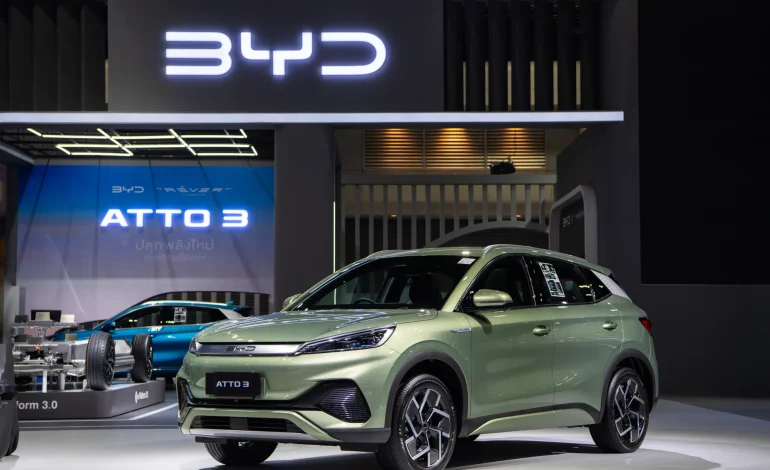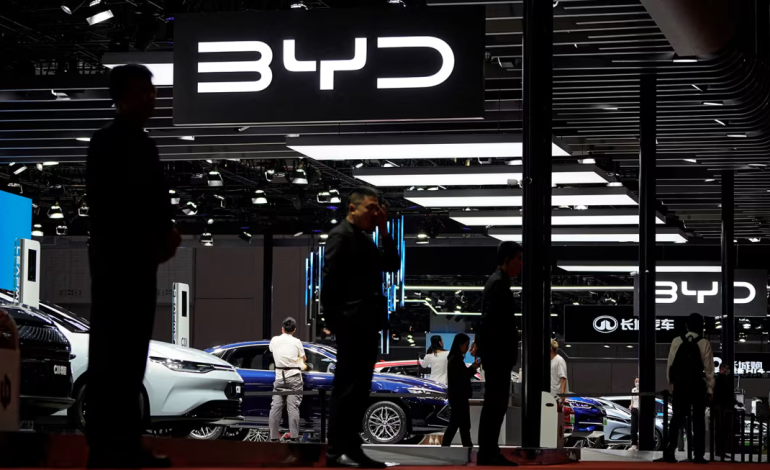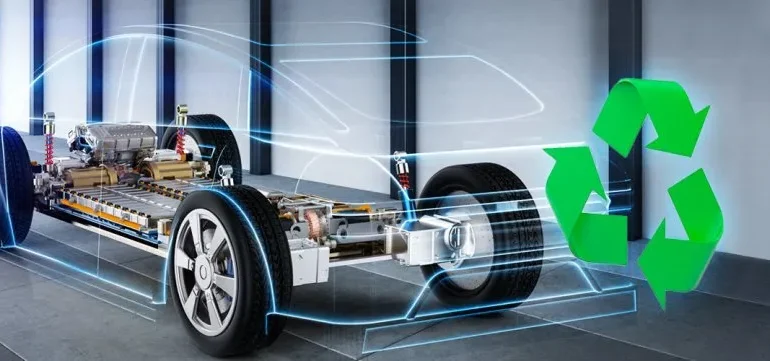
BYD (Build Your Dreams) has emerged as a global powerhouse in electric vehicles (EVs) and battery production, competing directly with Tesla and Volkswagen. What sets BYD apart? A highly integrated supply chain that minimizes costs, secures critical components, and scales production at an unmatched pace.
Unlike many automakers that outsource critical parts, BYD manufactures approximately 75% of its vehicle components in-house, including batteries, semiconductors, and electric motors. This strategy, combined with AI-driven supply chain management and selective supplier partnerships, has enabled BYD to expand aggressively while maintaining competitive pricing.
This article breaks down BYD’s supply chain innovations, challenges, and key takeaways for businesses aiming to optimize their own logistics and production strategies.
BYD’s Vertical Integration: A Competitive Edge
- BYD manufactures approximately 75% of its vehicle components in-house.
- It operates over 100 internal factories, producing batteries, semiconductors, motors, and electronic controls.
- BYD’s in-house battery production capacity reached 135 GWh annually (as of 2022), reducing dependence on third-party suppliers.
- BYD’s semiconductor division supplies over 40% of its chips to external companies, showing its dominance in chip manufacturing.
- In Q4 2023, BYD overtook Tesla in global BEV sales, delivering 526,000 EVs vs. Tesla’s 484,000.
What This Means for Supply Chain Leaders
- Vertical integration can lower production costs and reduce supply chain risks.
- Manufacturers should prioritize critical in-house production (such as batteries and key electronics) while outsourcing non-core components.
Strategic Supplier Partnerships: Where BYD Collaboratesespite its strong vertical integration, BYD selectively partners with key suppliers to enhance technology and secure critical raw materials.
Key Supplier Collaborations
- Toyota: BYD supplies batteries and e-powertrains for Toyota’s bZ3 electric sedan, allowing Toyota to launch an affordable EV in China.
- NVIDIA: BYD integrates NVIDIA’s DRIVE Orin AI computing platform for autonomous driving.
- Huawei: BYD’s premium models will use Huawei’s autonomous driving (ADS) technology, enhancing smart vehicle capabilities.
- Mining Partnerships: BYD secured lithium mining rights in Brazil and invested in lithium projects to control raw material costs.
Lessons for Businesses
- Even highly integrated companies benefit from selective partnerships for specialized technologies.
- Securing critical raw materials at the source (e.g., lithium) can stabilize costs and improve supply chain resilience.
AI & Tech-Driven Supply Chain OptimizationBYD has adopted advanced AI, big data, and IoT tracking to enhance supply chain efficiency.
How BYD Uses Technology
- AI-Driven Demand Forecasting: Reduces overproduction and optimizes inventory.
- IoT Warehouse Tracking: Automates supply chain visibility, reducing delays.
- Predictive Maintenance: Uses AI to prevent equipment failures before they happen.
- Smart Factory Automation: Robotic assembly lines help BYD scale production 3× faster than traditional manufacturers.
Supply Chain Takeaways
- AI-powered demand forecasting improves inventory efficiency and reduces waste.
- Investing in predictive analytics can prevent costly supply chain disruptions.
BYD vs. Tesla vs. Volkswagen: Supply Chain Comparison
| Factor | BYD | Tesla | Volkswagen |
|---|---|---|---|
| Vertical Integration | Batteries, semiconductors, motors in-house | Motors, battery assembly, software | Heavily outsourced components |
| Battery Production | 100% in-house (Blade Battery, 135 GWh capacity) | Partners with Panasonic, CATL, LG | Outsources to suppliers (Northvolt, CATL) |
| Q4 2023 BEV Sales | 526,000 | 484,000 | ~200,000 |
| Production Speed | New model launch in ~2 years | 2-3 years | 3-5 years |
What Companies Can Learn
- Combining in-house production with AI-driven supply chain tech improves efficiency.
- Automation and smart forecasting are critical to maintaining competitive costs.






